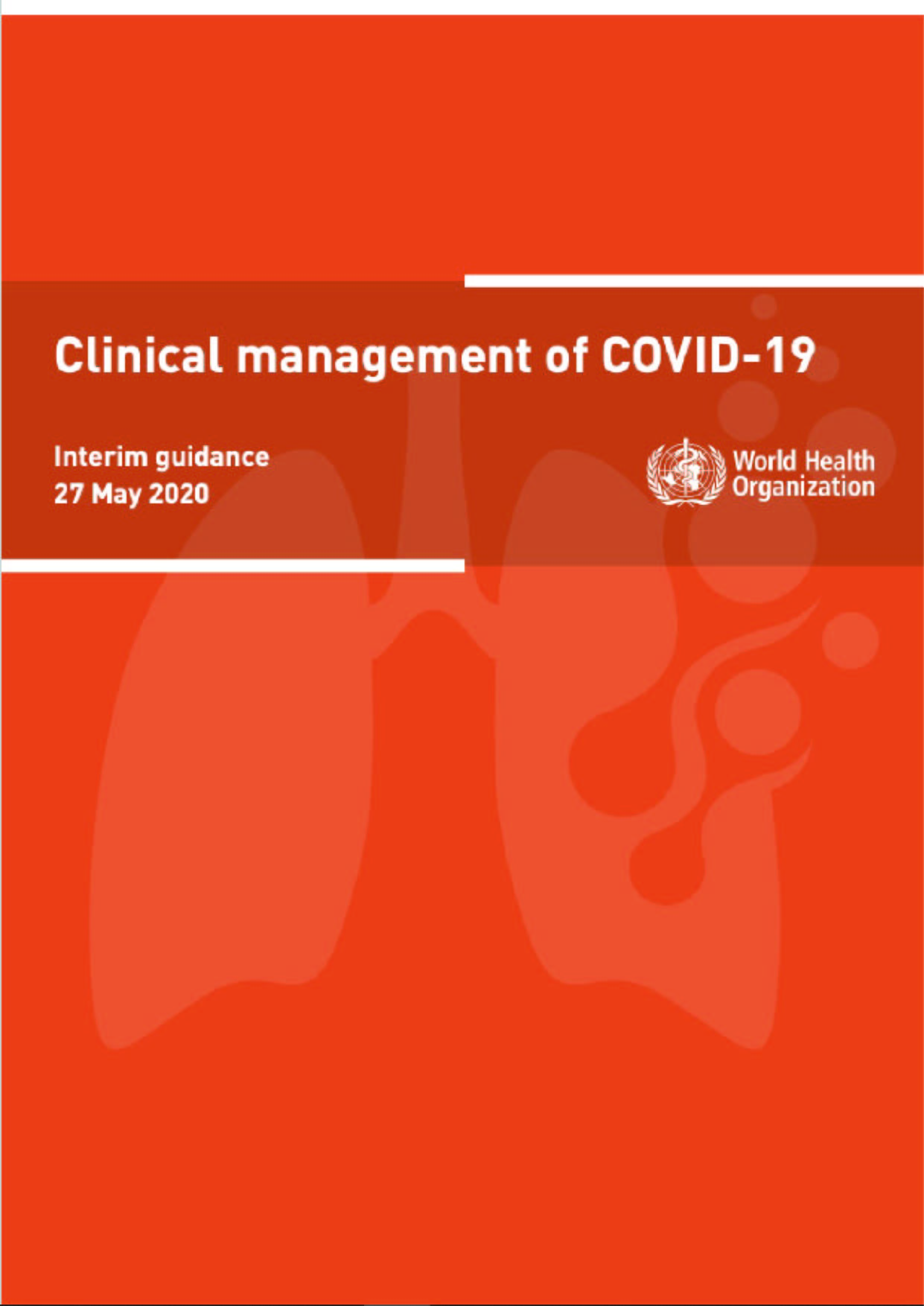This brochure focuses on a selection of indicators from Education at a Glance, selected for their particular relevance in the current context. Their analysis enables the understanding of countries’ response and potential impact from the COVID-19 containment measures. The following topics are discussed:
As the world becomes increasingly interconnected, so do the risks we face. The COVID-19 pandemic has not stopped at national borders. It has affected people regardless of nationality, level of education, income or gender. But the same has not been true for its consequences, which have hit the most vulnerable hardest.
Education is no exception. Students from privileged backgrounds, supported by their parents and eager and able to learn, could find their way past closed school doors to alternative learning opportunities. Those from disadvantaged backgrounds often remained shut out when their schools shut down.
This crisis has exposed the many inadequacies and inequities in our education systems – from access to the broadband and computers needed for online education, and the supportive environments needed to focus on learning, up to the misalignment between resources and needs.
The lockdowns in response to COVID-19 have interrupted conventional schooling with nationwide school closures in most OECD and partner countries, the majority lasting at least 10 weeks. While the educational community have made concerted efforts to maintain learning continuity during this period, children and students have had to rely more on their own resources to continue learning remotely through the Internet, television or radio. Teachers also had to adapt to new pedagogical concepts and modes of delivery of teaching, for which they may not have been trained. In particular, learners in the most marginalised groups, who don’t have access to digital learning resources or lack the resilience and engagement to learn on their own, are at risk of falling behind.
Hanushek and Woessman have used historical growth regressions to estimate the long-run economic impact of this loss of the equivalent to one-third of a year of schooling for the current student cohort. Because learning loss will lead to skill loss, and the skills people have relate to their productivity, gross domestic product (GDP) could be 1.5% lower on average for the remainder of the century. The present value of the total cost would amount to 69% of current GDP for the typical country. These estimates assume that only the cohort currently in school are affected by the closures and that all subsequent cohorts resume normal schooling. If schools are slow to return to prior levels of performance, the growth losses will be proportionately higher. Of course, slower growth from the loss of skills in today’s students will only be seen in the long term. However, when considered over this term, the impact becomes significant. In other words, countries will continue to face reduced economic well-being, even if their schools immediately return to pre-pandemic levels of performance. For example, for the United States, if the student cohorts in school during the 2020 closures record a corona-induced loss of skills of one-tenth of a standard deviation and if all cohorts thereafter return to previous levels, the 1.5% loss of future GDP would be equivalent to a total economic loss of USD 15.3 trillion (Hanushek E and Woessman L, forthcoming[1]).
The COVID-19 pandemic has also had a severe impact on higher education as universities closed their premises and countries shut their borders in response to lockdown measures. Although higher education institutions were quick to replace face-to-face lectures with online learning, these closures affected learning and examinations as well as the safety and legal status of international students in their host country. Perhaps most importantly, the crisis raises questions about the value offered by a university education which includes networking and social opportunities as well as educational content. To remain relevant, universities will need to reinvent their learning environments so that digitalisation expands and complements student-teacher and other relationships.











